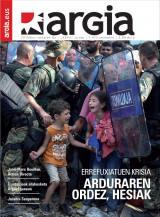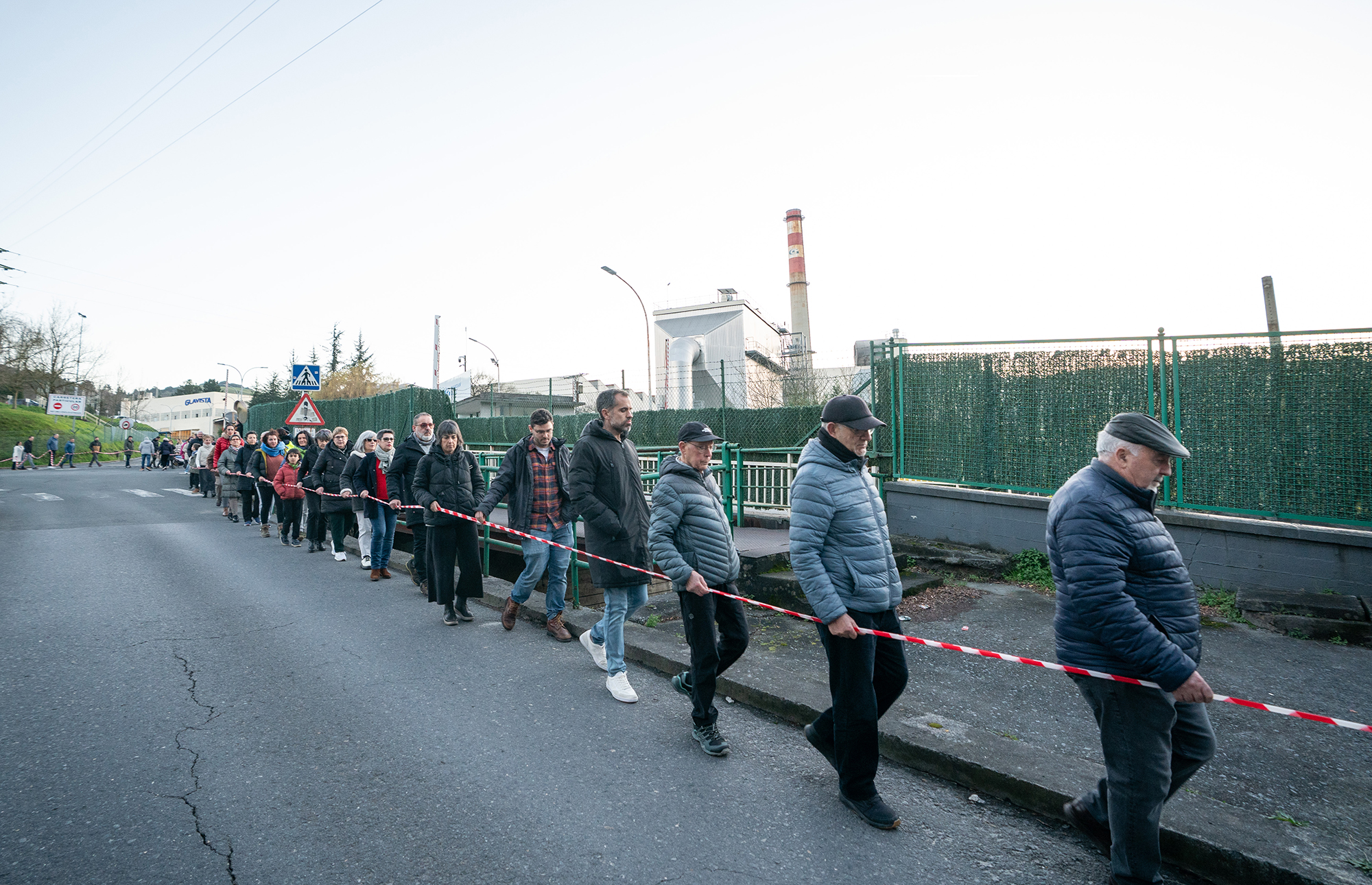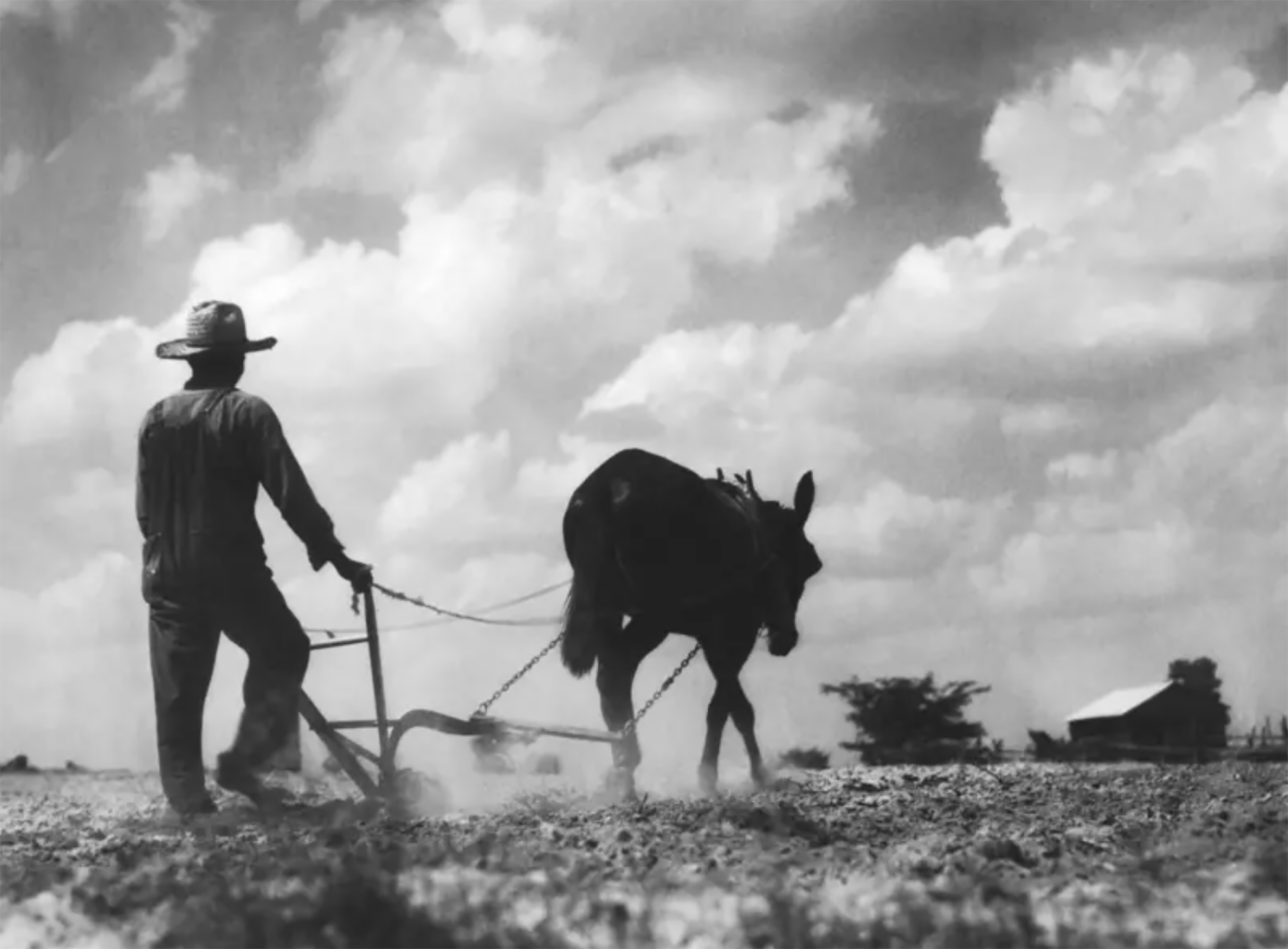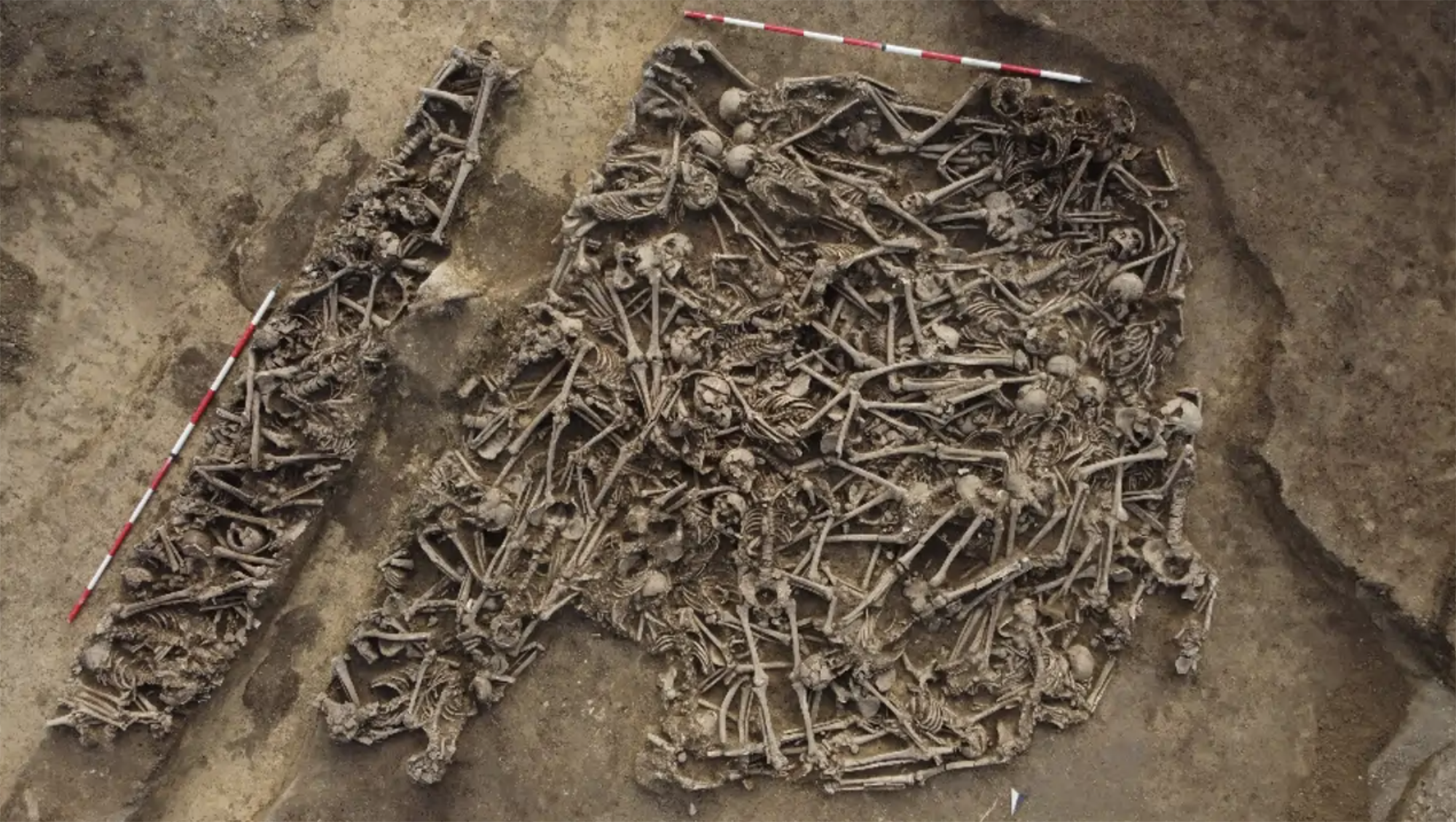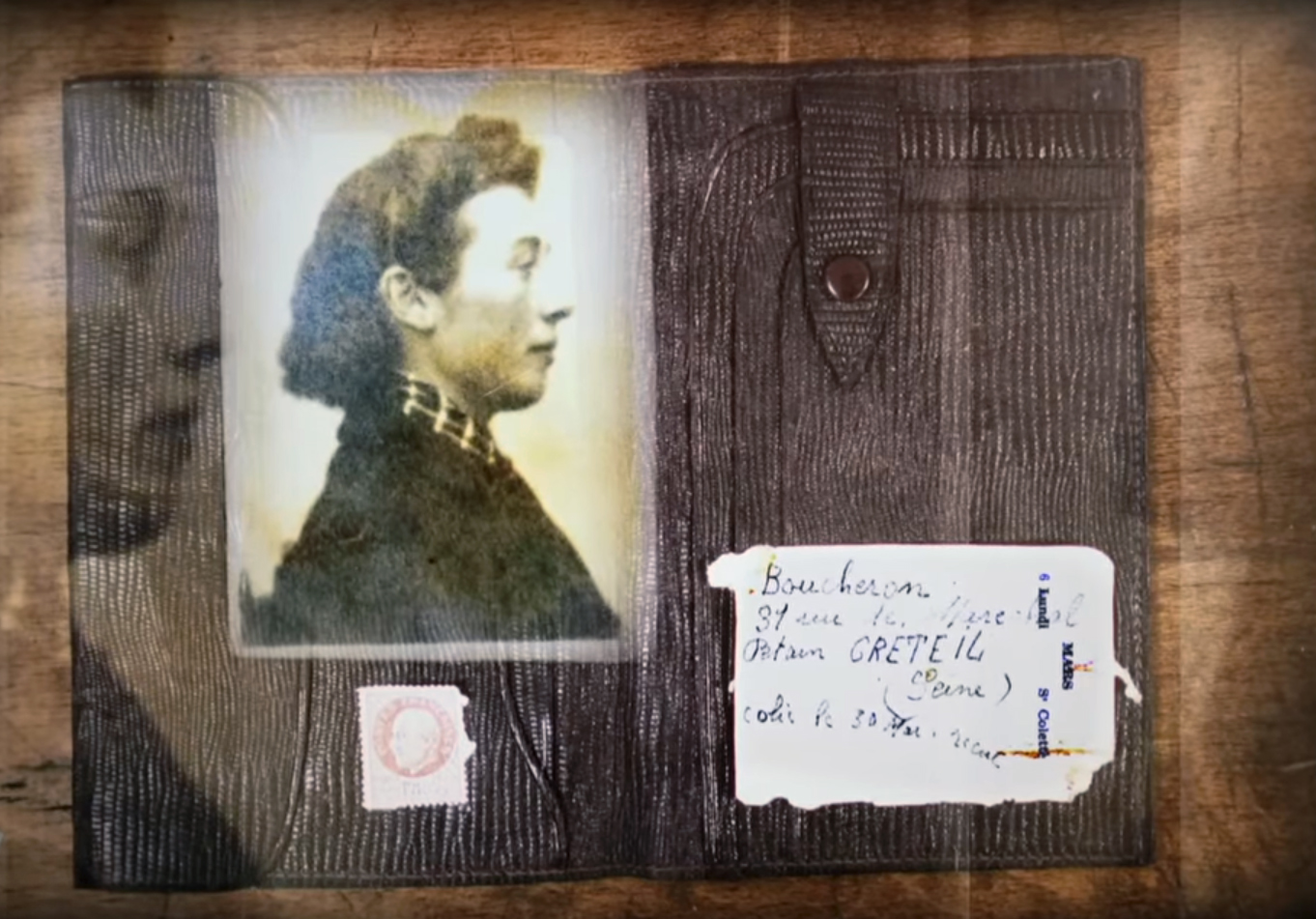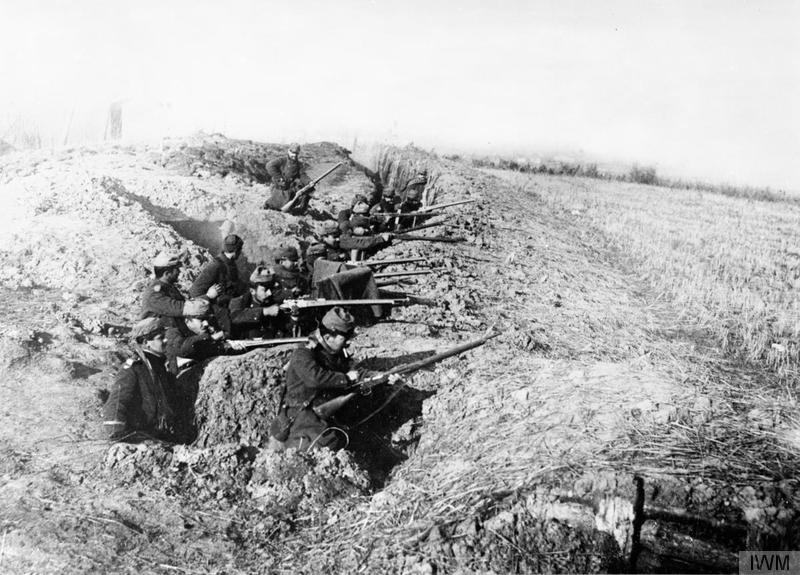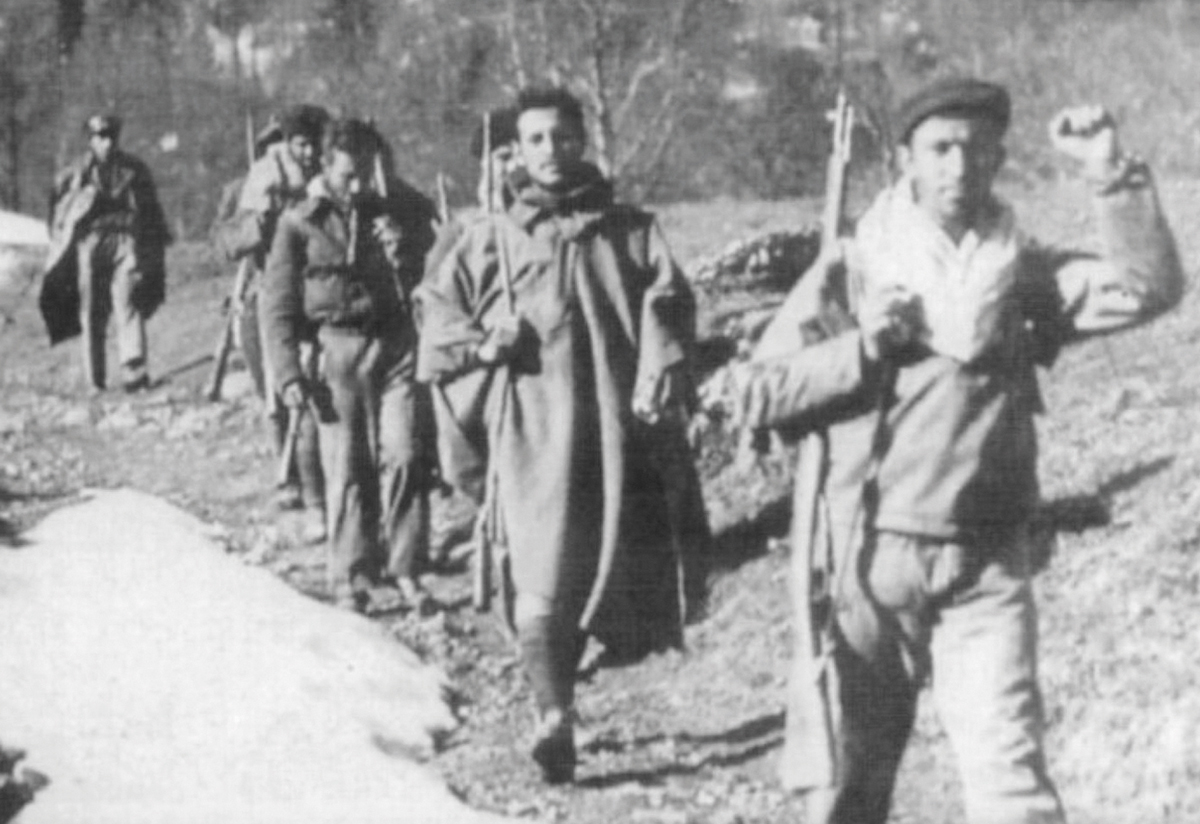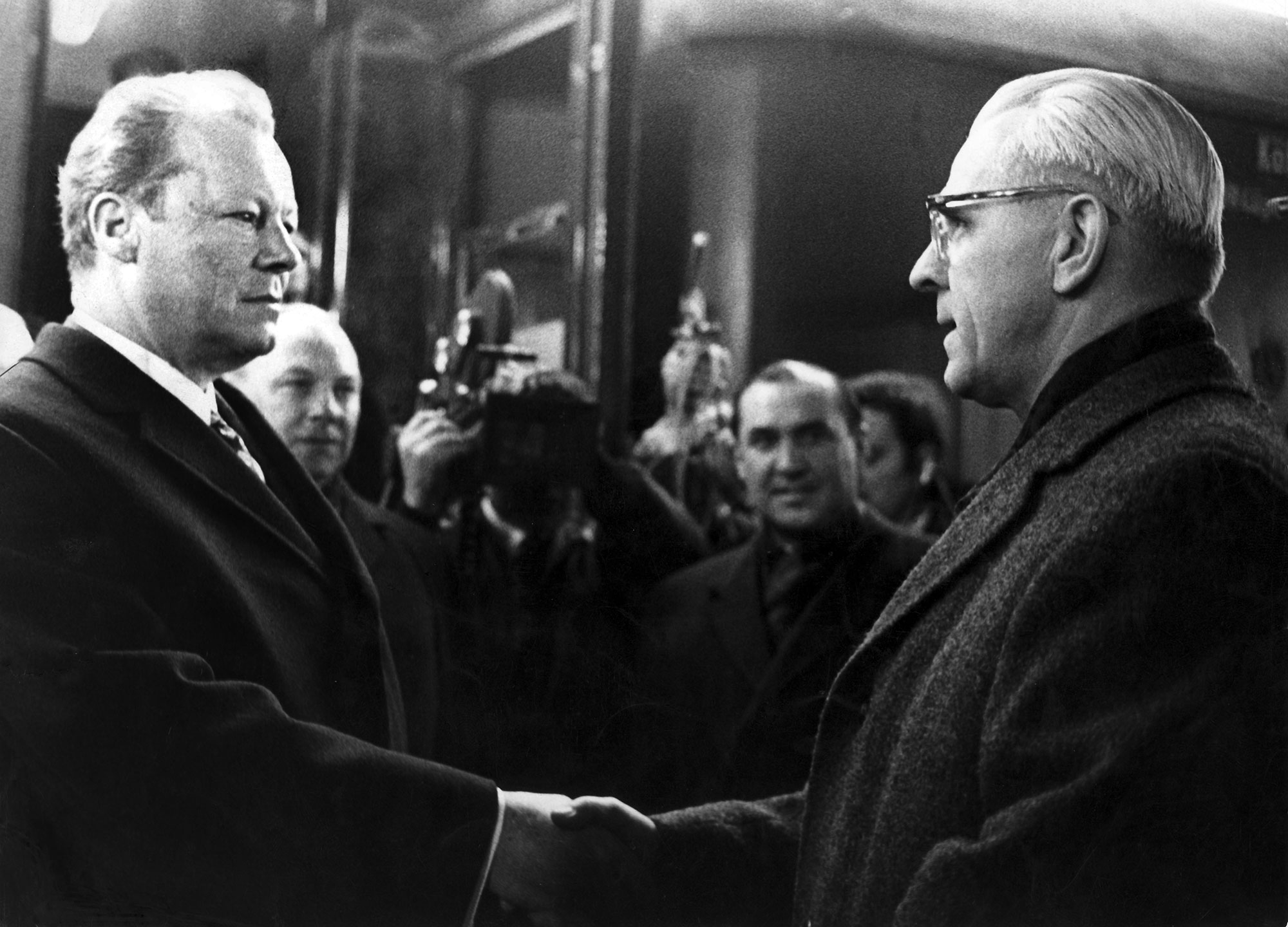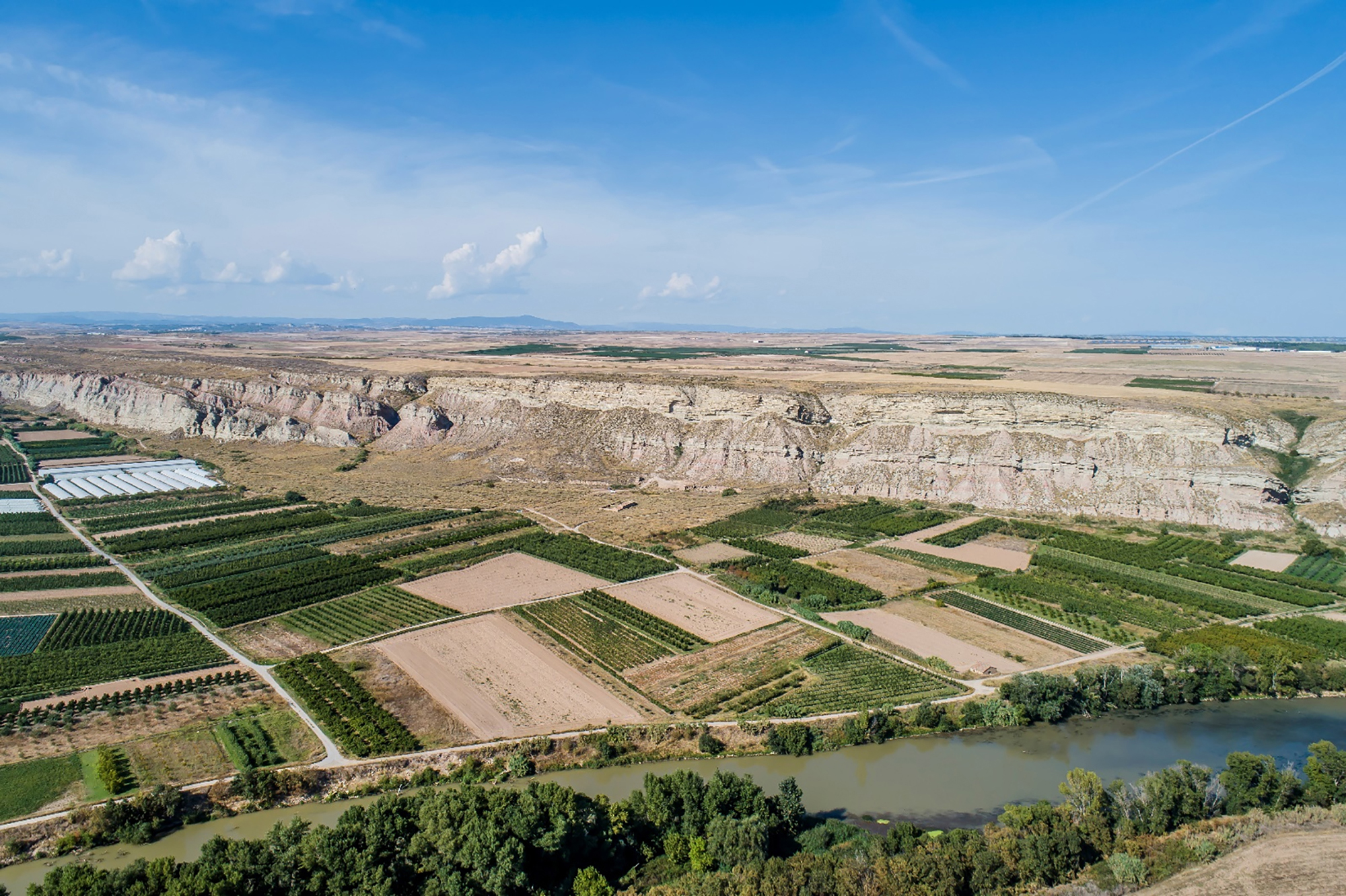Eguzki Erregeak piztu zuen Argiaren Hiria
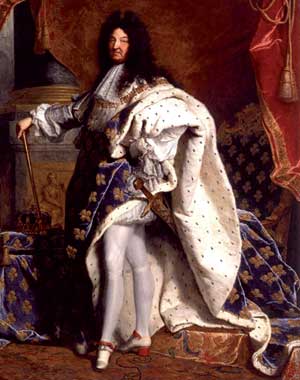
Paris (Frantzia), 1665. Luis XIV.a errege ahalguztidunak, Parisko kale ilunetako arriskuez nazkatuta, argiztatze publiko zerbitzu bat sortzeko agindu zuen. Hala, Lastargi eta Argiontzi Eramaileen Zentroa fundatu zuen. Eramaileak hiriko gune nagusietan egon ohi ziren, 300 pausoko tarteetan kokatuta, oinezkoak etxeraino laguntzeko prest. Hiru solen truke, hamabost minutuz ematen zieten argia, eta zalgurdia erabiltzen zutenek gehixeago ordaindu behar zuten, bost sol, eramailea karrozara igo zedin.
Diotenez, Eguzki Erregeak ez zituen soilik menpekoak izan gogoan eta bere buruaren mesedetan ere hartu zuen erabakia; Frantziako –eta Nafarroako– monarka gonazale eta alkoholzale amorratua omen zen, eta ederki jakingo zuen gauez putetxeetatik mozkortuta irtetean eskertzekoa zela norbaitek kale galbidetsuak argiztatzea.
Zerbitzuak berehalako arrakasta izan zuenez, Luis XIV.ak argiztatze sistema finkoa jartzeko ardura eman zion Nicholas Gabriel de La Reynieri. La Reynie Parisko poliziako lehen lotinant jenerala izan zen, eta lehen polizia gorputz modernoaren sortzailetzat jotzen da.
1667ko irailaren 2an 2.736 kaleargi piztu zituzten, karrika eta etorbide bakoitzeko bizpahiru: bat, kalearen erdialdean eta beste bi, kantoietan. Urte gutxian argi kopurua 5.000ra iritsi zen. Zerbitzuak, herritarrei mesede egiteaz gain, eragozpenen bat ere eragin zien. Batetik, herritarrek iluntzero argiak piztu eta goizaldero, ordu bietan, itzali behar zituzten, urritik martxora bitartean. Kedarrak kaleargien kristala zikintzen zuenean ere, haiek garbitu behar zuten. Gainera, zerbitzuaren mantentze-lanak zerga bidez finantzatzen ziren, hau da, herritarrek, argiaren truke, Taxe des Boues et Lanternes delakoa –lokatzen eta linternen gaineko zerga– ordaindu behar zuten. Sistemak oso oinarrizkoa, deserosoa eta garestia dirudi gaurko begietatik ikusita, baina kontuan izan behar da beste bi mende joango zirela argiztatze elektrikoa sortu baino lehen; kaleargi elektrikoz argiztatutako lehen hiria Wabash (Indiana, AEB) izan zen, 1880ko martxoaren 31n.
Argiak saltokiei mesede handia egin zien, eta hiriko merkataritza-jarduera bikoiztu egin zen, hainbat iturriren arabera. Bisitariak ere txundituta utzi zituen, “Parisen gauez eguerdian bezainbeste argi dago” esateraino.
Zenbaitentzat, Luis XIV.aren oinordekoei lepoa moztu zien iraultzak Antzinako Erregimenaren iluntasuna eten zuelako merezi du hiriak goitizena. Beste batzuek artean eta kulturan nabarmendu izanari leporatzen diote. Baina literalki, argiztatze publikoa jartzen lehena izan zelako esaten zaio Parisi Argiaren Hiria.
Washington, D.C., June 17, 1930. The U.S. Congress passed the Tariff Act. It is also known as the Smoot-Hawley Act because it was promoted by Senator Reed Smoot and Representative Willis Hawley.
The law raised import tax limits for about 900 products by 40% to 60% in order to... [+]
During the renovation of a sports field in the Simmering district of Vienna, a mass grave with 150 bodies was discovered in October 2024. They conclude that they were Roman legionnaires and A.D. They died around 100 years ago. Or rather, they were killed.
The bodies were buried... [+]
My mother always says: “I never understood why World War I happened. It doesn't make any sense to him. He does not understand why the old European powers were involved in such barbarism and does not get into his head how they were persuaded to kill these young men from Europe,... [+]
Until now we have believed that those in charge of copying books during the Middle Ages and before the printing press was opened were men, specifically monks of monasteries.
But a group of researchers from the University of Bergen, Norway, concludes that women also worked as... [+]
Florentzia, 1886. Carlo Collodi Le avventure de Pinocchio eleberri ezagunaren egileak zera idatzi zuen pizzari buruz: “Labean txigortutako ogi orea, gainean eskura dagoen edozer gauzaz egindako saltsa duena”. Pizza hark “zikinkeria konplexu tankera” zuela... [+]
Ereserkiek, kanta-modalitate zehatz, eder eta arriskutsu horiek, komunitate bati zuzentzea izan ohi dute helburu. “Ene aberri eta sasoiko lagunok”, hasten da Sarrionandiaren poema ezaguna. Ereserki bat da, jakina: horra nori zuzentzen zaion tonu solemnean, handitxo... [+]
Linear A is a Minoan script used 4,800-4,500 years ago. Recently, in the famous Knossos Palace in Crete, a special ivory object has been discovered, which was probably used as a ceremonial scepter. The object has two inscriptions; one on the handle is shorter and, like most of... [+]
Londres, 1944. Dorothy izeneko emakume bati argazkiak atera zizkioten Waterloo zubian soldatze lanak egiten ari zela. Dorothyri buruz izena beste daturik ez daukagu, baina duela hamar urte arte hori ere ez genekien. Argazki sorta 2015ean topatu zuen Christine Wall... [+]









